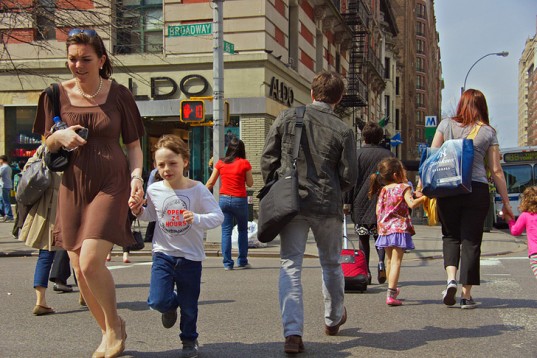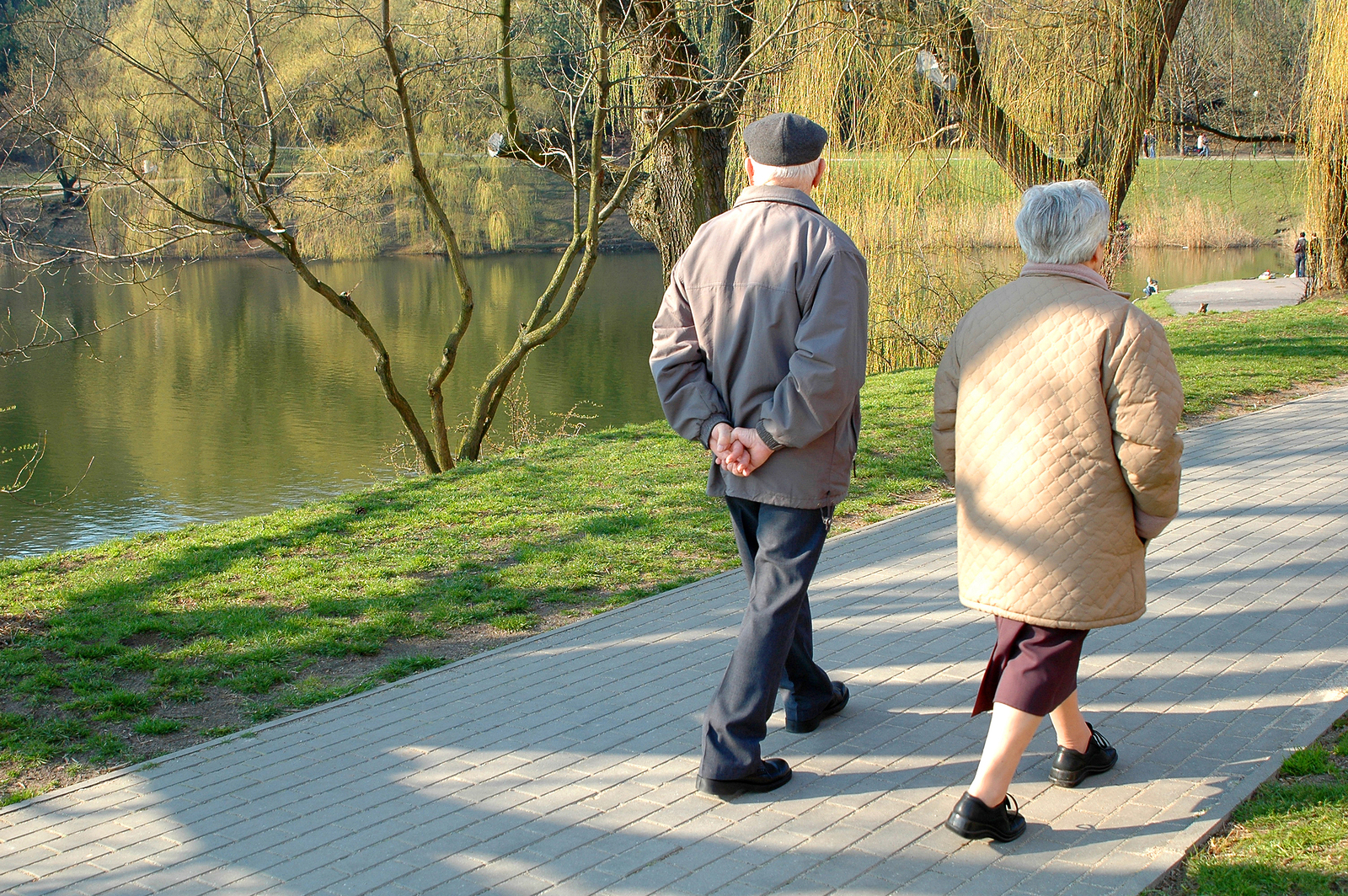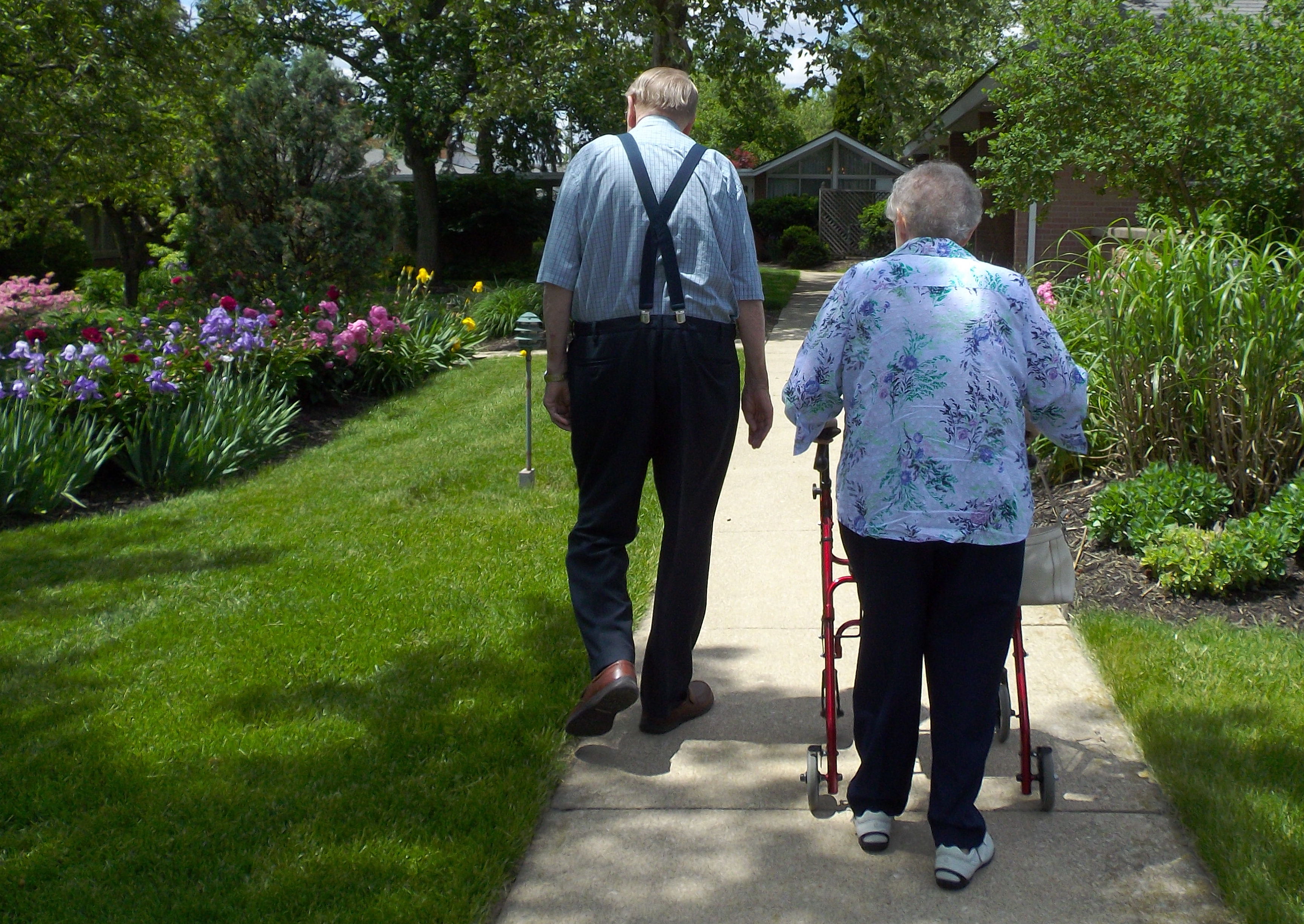The Globe and Mail has weighed in with an article titled “Fatal Crossings” analyzing five years of data to ascertain why and how 163 pedestrians have died in the City of Toronto in the last five years. By the author Victor Biro’s calculations, that means that in Toronto on average one pedestrian is hit on the street by a vehicle every four hours. It also means that a pedestrian on average dies from a vehicular crash every ten days.
Just as Price Tags reported in the article entitled The Big Toll Paid by Vulnerable Road Users published on May 31st, the way people are killed on the roads is a major public health issue. That is why the Chief Medical Officer of British Columbia, Dr. Perry Kendall has written a report Where the Rubber Meets The Road: Reducing the Impact of Motor Vehicle Crashes on Health and Well-being in British Columbia, addressing the deaths of 280 people a year and the maiming of 79,000 others on roads in this Province.
As Dr. Kendall states, this is a health emergency. His report and his advice, which included lowering speed limits were dismissed by authorities like the Canadian Automobile Association, which were interviewed for their reaction. However evidence clearly proves that the survivability for a pedestrian or cyclist hit at 30 kilometers per hour is 80 per cent, while the survivability for a pedestrian or cyclist hit at 50 kilometers per hour is 10 per cent. Somehow the intransigence of the car lobby is more important than that of the vulnerable road user who is also sustainably participating in active transportation.
The Kendall report cites the human factors contributing to fatal crashes as speed, distraction and impairment. Toronto, which is preparing a road-safety plan realizes “that protecting pedestrians will require a fundamental shift in mindset, one that challenges the car culture and the unspoken attitude that traffic fatalities are an unavoidable reality of urban living”.
And there you have it. The Globe and Mail noted that a significant proportion of pedestrians killed were over 65. They were hit by a larger vehicle. They were typically crossing an arterial road. And not surprisingly in the suburbs and at a location without a traffic signal or cross walk. At either 30 kilometers an hour or 50 kilometers an hour, seniors are three to four times more likely to die than a younger person.
Reporter Victor Biro admonishes Toronto for “focusing its efforts at spots that have proved dangerous, a reactive approach that effectively means that pedestrians have to die or be seriously injured before drivers will be made to slow down”. The warrant system used in the City of Vancouver is similar. Provincial funding for intersections is made available based upon the accident and mortality rates garnered from the provincial Insurance Corporation of B.C. (ICBC) statistics. As in the case where a family of four were hit by a vehicle in an intersection in Surrey earlier this year, an intersection is not deemed suitable for a safety upgrade until the human toll has been paid.

With an aging population, many of whom will be walking instead of driving, moving more slowly and with impaired hearing and sight, road safety is paramount. In Toronto 24 per cent of the population will be senior by 2041. There is an argument that enhancing walkability means universal accessibility for all, and enhances active transportation. In the same manner as creating separated bike lanes for those eight to eighty years, we should be enhancing safe, comfortable walking facilities for those six to 106. Their lives depend upon that.
















